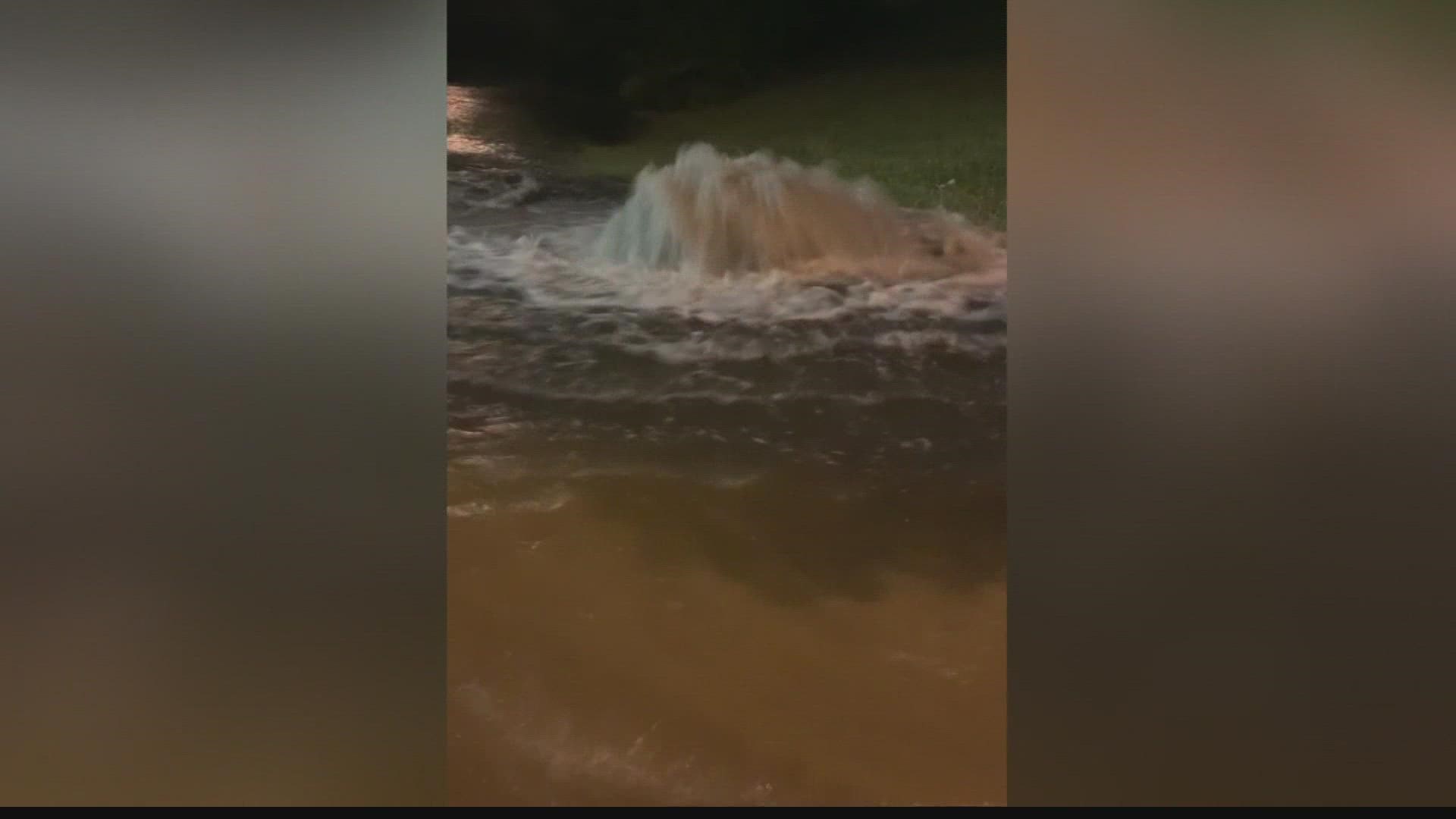ST. LOUIS — After historic rainfall and flooding on Tuesday in the St. Louis area, residents had damage to not only their homes but also their vehicles.
Here is where to start if your car was damaged by flooding:
Do not start the car
According to AutoZone, water may get into different components of your vehicle from the flooded water. If you try and start the car, it may cause more damage.
Disconnect the battery
This will protect you from electric shock while you assess the damage and begin cleaning your car, according to Autozone.
Roll down the windows, open the doors
Roll down the windows if possible. If the windows are electric, do not try and open them. Opening the doors is another option as well, according to AutoZone.
Evaluate the damage
According to U.S. News, check for how high the floodwaters got. Look for evidence of mud or debris on or surrounding your car. if the water levels are higher than the bottom of your dashboard, there could be significant damage done, according to U.S. News.
File a claim
A vehicle could be fixed after flooding, but it is best for an insurance company to assess the damage. They may deem it a total loss if the car was sitting in water for days, according to Forbes. Check your auto insurance and talk to them to understand the damage and where to go next.
Start cleaning
Begin the drying process. Drying the interior of your car will decrease the chance of mold and corrosion caused by the floodwaters, according to U.S. News.
Fans, dehumidifiers and towels can also speed up the process to dry out the interior.
Check the engine oil
If there are water droplets on the dipstick, there is water in your engine, according to AutoZone. If you see this, do not attempt to start the car.
Assess the Rest
Check the oil filter, fuel system, air filter, electrical systems and other fluids to assess the damage potentially done by the floodwaters, according to AutoZone.

